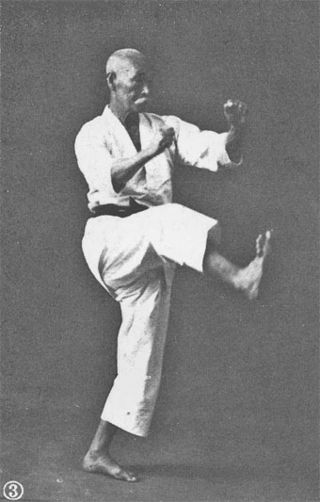
Karate (空手), also Karate-do is a martial art developed in the Ryukyu Kingdom. It developed from the indigenous Ryukyuan martial arts under the influence of Chinese martial arts, particularly Fujian White Crane. Karate is now predominantly a striking art using punching, kicking, knee strikes, elbow strikes, and open-hand techniques such as knife-hands, spear-hands, and palm-heel strikes. Historically, and in some modern styles, grappling, throws, joint locks, restraints, and vital-point strikes are also taught. A karate practitioner is called a karate-ka (空手家).

Kyokushin (極真) is a style of karate originating in Japan. It is a full-contact style of stand-up fighting and is rooted in a philosophy of self-improvement, discipline, and hard training.

Shōrinjiryū Kenkōkan Karate (少林寺流拳行館唐手) is a style of karate founded by Kōri Hisataka (1907–1988) shortly after World War II in Japan.
Japan Karate Association is one of the oldest global Shotokan karate organization in the world.
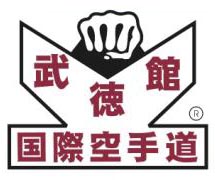
Gosoku-ryū (剛速流) is a style of karate which was founded by Takayuki Kubota. Gosoku stands for hard and fast, which suggests a combination of techniques both from the fast and dynamic Shōtōkan style as well as from the strength-focused Gōjū-ryū style.
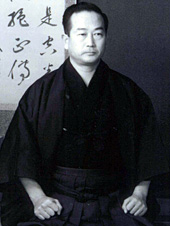
Masatoshi Nakayama was an internationally famous Japanese master of Shotokan karate. He helped establish the Japan Karate Association (JKA) in 1949, and wrote many textbooks on karate, which served to popularize his martial art. For almost 40 years, until his death in 1987, Nakayama worked to spread Shotokan karate around the world. He was the first master in Shotokan history to attain the rank of 9th dan while alive, and was posthumously awarded the rank of 10th dan.
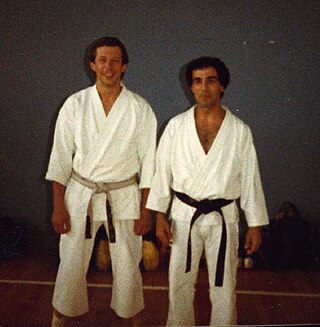
Dave Hazard is a British 7th Dan Karateka and instructor of Shotokan karate and was one of the few students present at the very beginning of British Karate. He is a former KUGB national champion and British team member. Like many of the early karateka he first trained in judo before starting karate in 1969 at the Blackfriers club in London, where he trained under Keinosuke Enoeda, Hirokazu Kanazawa, Kato and Takahashi.
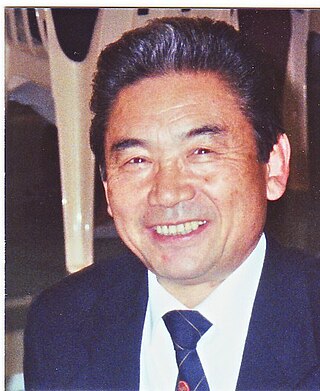
Takayuki Mikami is a Japanese master of Shotokan karate based in the United States of America. He holds the rank of 9th dan black belt in the art, awarded under the Japan Karate Association. In 1958, Mikami tied for first place in the All Japan Karate Championships. The following year, he became the All Japan champion in kumite (sparring) as well as kata (patterns). In 1961, Mikami won first place in kata again. He was also the first person to graduate from the Japan Karate Association's (JKA) instructor training program instituted by Gichin Funakoshi and Masatoshi Nakayama.

Kenkojuku is a style of Shotokan karate previous to the establishment of the Japan Karate Association (JKA) style. It was founded by Tomosaburo Okano. Kenkojuku karate is similar to the teachings of Gichin Funakoshi and modifications made by Funakoshi´s son Yoshitaka Funakoshi. JKA Shotokan differs slightly in that it was Masatoshi Nakayama's version of Shotokan. Okano's/Yoshitaka's Kenkojuku karate and JKA karate are becoming more similar compared to other variants of Shotokan karate such as Shigeru Egami's Shotokai, Hirokazu Kanazawa's Shotokan Karate International or SKI.
Andy Sherry was one of the most senior British practitioners of karate and the retired chief instructor of the KUGB.
The Shotokan of England Karate Union (SEKU), founded in 1982 is a federation of Shotokan karate clubs in southern England, with about thirty clubs from Helston in Cornwall to Bromley in Greater London. The federation is led by Mick Dewey, 8th dan, who was a student of the late Keinosuke Enoeda.

Keinosuke Enoeda was a Japanese master of Shotokan karate. He was a former Chief Instructor of the Karate Union of Great Britain. Enoeda was ranked 8th dan in Shotokan karate, and was widely renowned as a formidable karateka. Following his death, Enoeda was posthumously awarded the rank of 9th dan.

Kokusai Budoin, International Martial Arts Federation (IMAF) is the oldest continuously operating Japanese organization promoting international Budō. The organization, founded in 1952, has headquarters in Tokyo, Japan and is a member of the United Nations Department of Economic and Social Affairs.
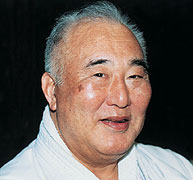
Taiji Kase was a Korean -Japanese master of Shotokan karate who was one of the earliest masters responsible for introducing this martial art into Europe. He taught his style of karate, Shotokan Ryu Kase Ha, in France from the late 1960s to the mid-1980s. In his later years, he travelled across the world teaching karate, but Paris remained his home. Kase held the rank of 9th dan in karate.
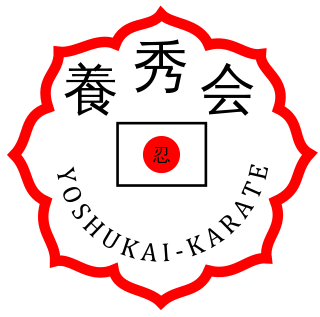
Yoshukai is a Japanese style of Karate–dō. Karate-do. Karate-do translates as "Way of the Empty Hand." The three kanji that make up the word Yoshukai literally translate as "Training Hall of Continued Improvement." However, the standardized English translation is "Striving for Excellence." Yoshukai Karate has been featured in Black Belt Magazine. Yoshukai karate is a separate Japanese style from Chito-ryu. Kata, kobudo, kumite, and all karate aspects are drawn from the Founder, Mamoru Yamamoto. Yoshukai is a newer derivative Japanese style.

Ronald Stewart Watt OBE is a Scottish master of Shotokan karate. He is the founder, president and chief instructor for the "National Karate Institute Scotland" a member of the World Karate Confederation (WKC).
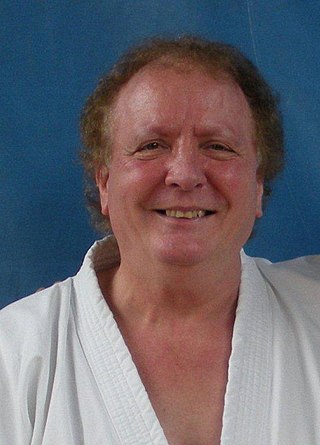
Malcolm Phipps is an English martial artist. He is a 9th Dan Hanshi in Shotokan Karate and is the chief instructor internationally to Seishinkai Shotokan Karate International (SSKI). He started training in karate in the early seventies with a local JKA club, then with Shotokan Karate International (SKI) with Hirokazu Kanazawa. He then moved on to the Amateur Shotokan Karate Association (ASKA), eventually leaving to form his own association, Seishinkai Shotokan Karate, in 1984 and finally turning international in 1995 to the group as it is today, SSKI, with clubs in England, the US, Kazakhstan and India. He was an advisory board member of the World Traditional Karate Organisation from 2003–2013.
Japan Shotokan Karate Association (JSKA) was founded by Keigo Abe in 1999. Abe was a former instructor graduate of the Japan Karate Association and trained and taught at the JKA Headquarters for nearly 35 years. He held a number of senior positions within the JKA and latterly the Matsuno section of the JKA. He had been a senior student of Nakayama and as such the teachings of Nakayama remain an integral part of the evolution of the Shotokan style within the JSKA. Abe Sensei died on the 20th of December 2019, he was awarded a posthumous 10th Dan by the JSKA Shihankai on his passing. The current Chief Instructor is Mitsuru Nagaki, 9th Dan, a student of Abe and former instructor with the Japan Karate Shotorenmei.
Jack Green was one of the first three men in the UK to be graded to black belt in Shotokan karate, was an original member of the KUGB, and was their first national kumite champion.













